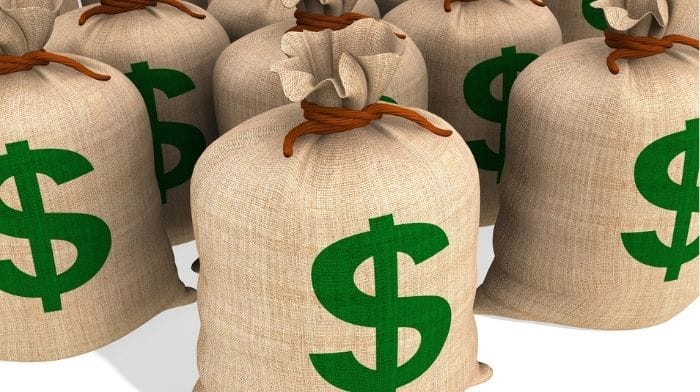
By Adam Andrzejewski for RealClearPolicy
According to a report from the Inspector General of the Small Business Administration to SBA Administrator Isabella Guzman, an estimated $3.6 billion of Economic Injury Disaster Loans (EIDL) were disbursed to potentially ineligible recipients.
The report found that $3.1 billion of the total was in the form of COVID-19 EIDL loans, while another $550 million was in the form of emergency EIDL grants.
The SBA offers a number of programs to assist small businesses, including EIDL, which is used to provide small businesses experiencing difficult times low interest loans from the federal government. However, lax oversight has led to rampant fraud across multiple programs, with the New York Times reporting that up to 15% of its Paycheck Protection Program loans were fraudulent.
RELATED: Dems Threaten Ousting Filibuster, But Moderates Hold The Line
Why did the SBA give out so many loans to potentially ineligible recipients? Notably, they didn’t bother to use the US Treasury’s Do Not Pay Working System, a database that helps federal agencies verify eligibility and identify and prevent fraud, waste, and abuse.
The Inspector General used this system to conduct oversight on the 75,180 loans that were made to potentially ineligible recipients, and found that 26,736 loans, or 35%, were already flagged as potential fraud risks in previous IG reports. In other words, the SBA is continuing to ignore already identified sources of fraud.
This leaves taxpayers with the bill.
Syndicated with permission from RealClearWire.
The #WasteOfTheDay is presented by the forensic auditors at OpenTheBooks.com.
